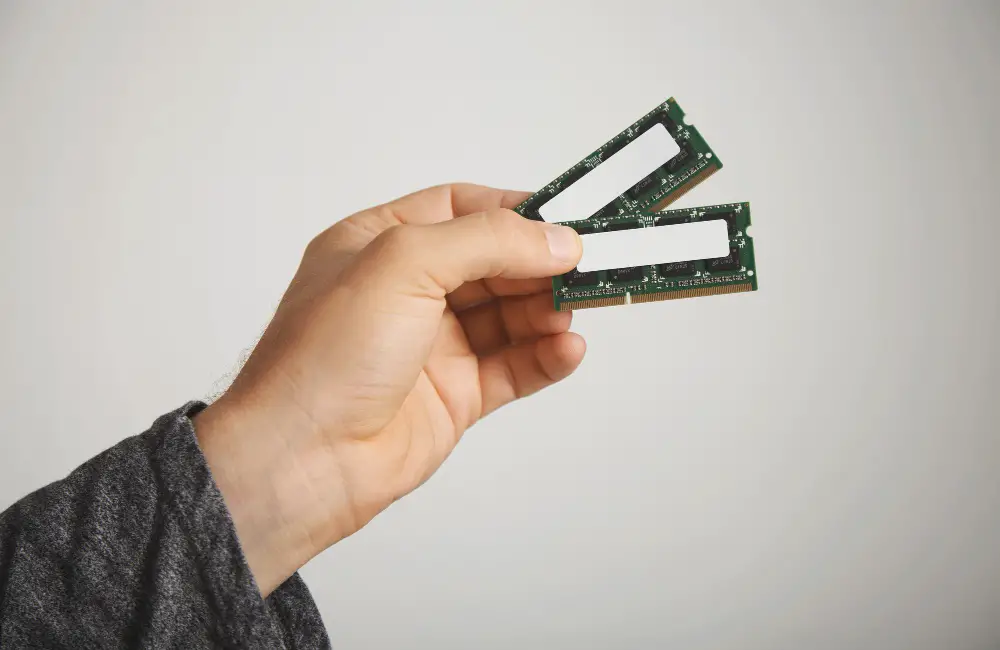Is your Windows laptop feeling sluggish, or are you struggling to run memory-intensive applications? Upgrading your laptop’s RAM could be the solution you need. But before you dive in, it’s essential to know whether your laptop supports an upgrade, how to check compatibility, and what to consider before making the switch. This guide will walk you through everything you need to know about upgrading your laptop’s RAM, ensuring a smoother and faster performance.
How to Check if Your Laptop Has an Available RAM Slot
Before purchasing new RAM, you’ll need to confirm whether your laptop has an available slot for an upgrade. Here’s how to check:
- Open Task Manager: Press
Ctrl + Shift + Escto launch Task Manager.
- Go to the Performance Tab: Select the “Memory” section.
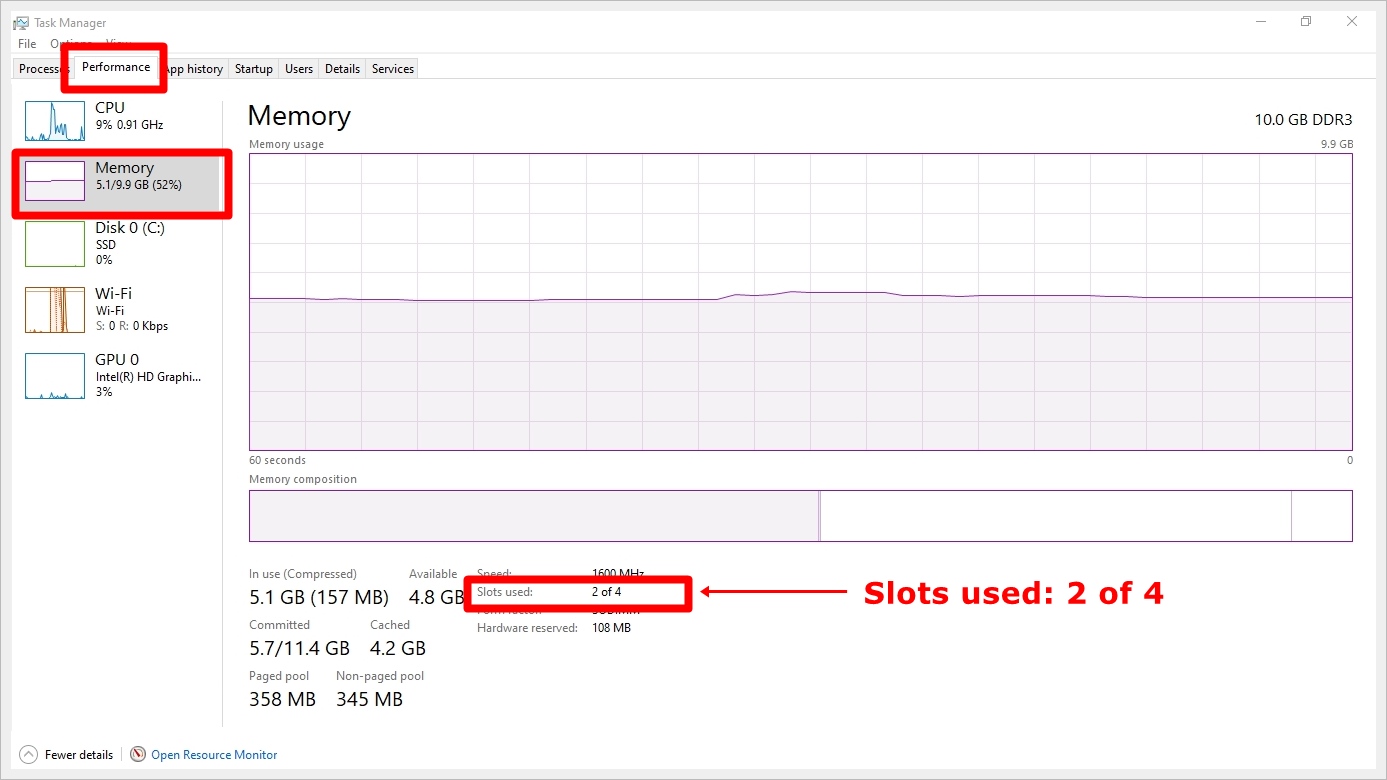
- Check Slots: Look for details like “1 of 2” or “1 of 4.” This indicates how many slots are in use and how many are available.
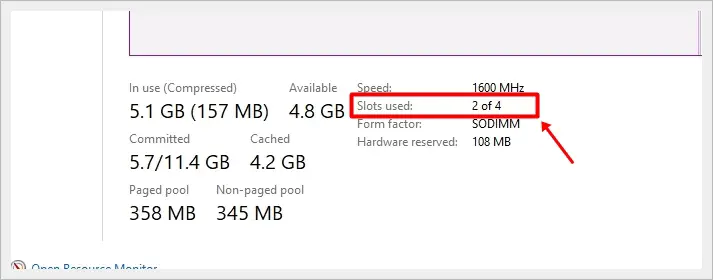
If you see an available slot, you’re good to go. If not, you may need to replace your existing RAM with a higher-capacity module.
How to Check Your Laptop’s RAM Specs
To ensure compatibility, you’ll need to know your laptop’s RAM type, speed, and capacity. Here’s how to find these details:
Using Task Manager
- Open Task Manager > Performance > Memory.
- Check the RAM type (DDR3, DDR4, or DDR5) and speed (e.g., 2400MHz).
Using CPU-Z (Third-Party Tool)
- Download and install CPU-Z.
- Open the app and navigate to the “Memory” tab for RAM type and speed.
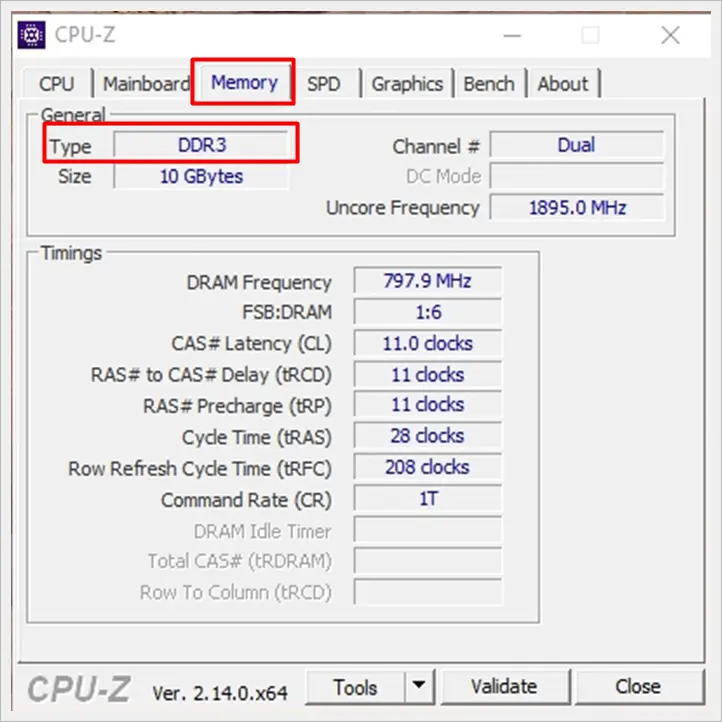
- Go to the “SPD” tab for additional details like maximum bandwidth.
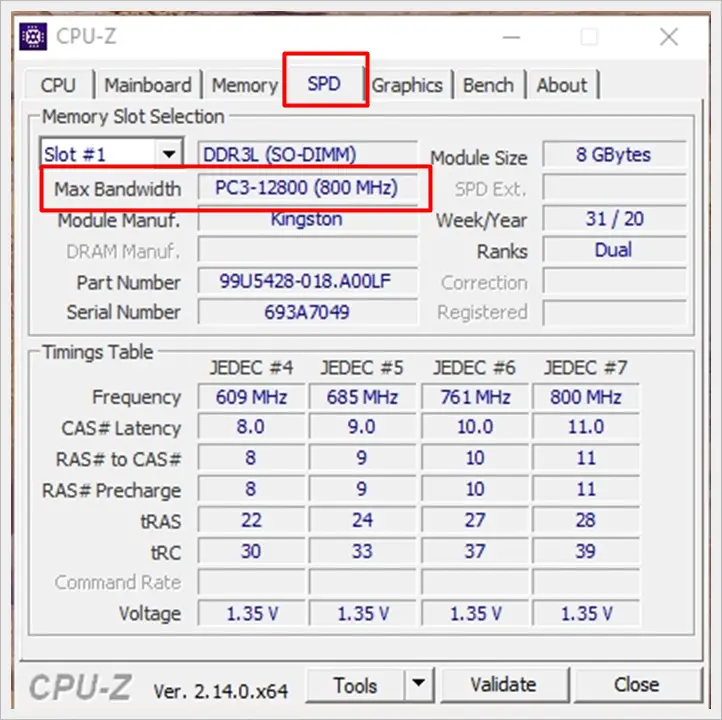
Pro Tip: Since mixing different DDR types is typically not possible, ensure you purchase RAM with the same DDR generation and speed as your existing module to avoid compatibility problems after upgrading.
Key Considerations Before Upgrading Your RAM
1. No Extra RAM Slot? Replace Existing RAM
If all slots are occupied, you’ll need to replace your current RAM with a higher-capacity module. Ensure the new RAM doesn’t exceed your laptop’s maximum supported capacity.
2. DDR3 vs. DDR4 vs. DDR5
- DDR4 is faster and more efficient than DDR3.
- DDR5 is the latest standard, offering even better performance. [DDR3 vs. DDR4 vs. DDR5]
- Note: Your laptop will only support one type, so check compatibility before buying.
3. Mixing RAM Sizes and Speeds
- Mixing Sizes: While you can pair an 8GB RAM with a 16GB RAM, your system may only utilize 8GB from the larger module, leading to inefficiencies.
- Mixing Speeds: Adding a 3200MHz RAM to a 2400MHz setup will cap the faster RAM at 2400MHz. Always match speeds for optimal performance.
How to Install New RAM in Your Laptop
- Power Off: Shut down your laptop and disconnect it from any power source.
- Remove the Back Cover: Flip your laptop and unscrew the back panel to access the RAM slots.
- Insert the New RAM: If you’re adding to an empty slot, insert the new RAM at a 45-degree angle and press down until it clicks. If replacing, remove the old module first. [Video reference]
- Secure the Cover: Reattach the back panel and power on your laptop.
What to Expect After Upgrading Your RAM
- Faster Boot Times: Your laptop will start up more quickly.
- Smoother Multitasking: Switching between apps and running memory-heavy programs will feel seamless.
- Improved Performance: Tasks like video editing, gaming, and running virtual machines will become noticeably smoother.
Read also: How to Upgrade Your Laptop for Less than $150
Frequently Asked Questions (FAQs)
1) Do I need to disconnect the battery?
For most modern laptops, disconnecting the battery isn’t necessary. Just ensure the laptop is powered off and unplugged.
2) Can I upgrade my laptop’s RAM myself?
Yes, upgrading RAM is one of the easiest DIY laptop upgrades. However, if you’re unsure, visit an authorized service center for assistance.
3) How much RAM do I need?
- 8GB: Suitable for basic tasks like browsing and office work.
- 16GB: Ideal for multitasking, gaming, and light content creation.
- 32GB+: Best for heavy-duty tasks like video editing, 3D rendering, and running virtual machines.
Final Thoughts
Upgrading your laptop’s RAM is a cost-effective way to breathe new life into an aging device. By following this guide, you can ensure a smooth upgrade process and enjoy a noticeable boost in performance. Whether you’re a casual user or a power user, adding more RAM can make a world of difference.
Ready to upgrade? Check your laptop’s specs, find compatible RAM, and get started today!

